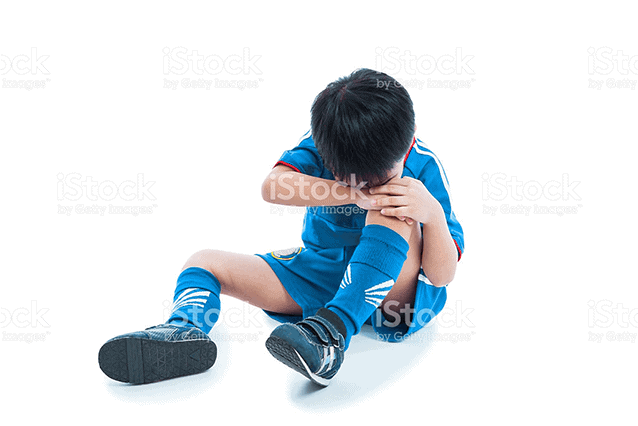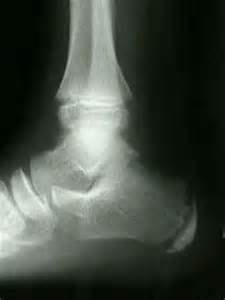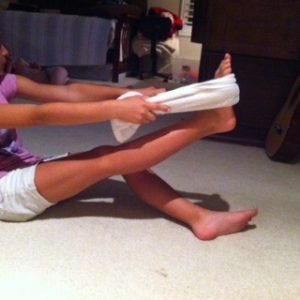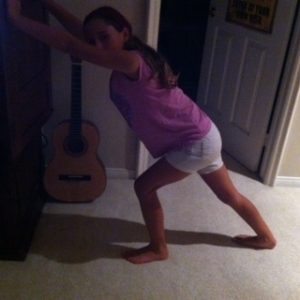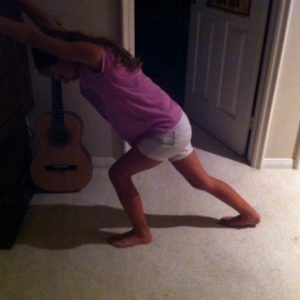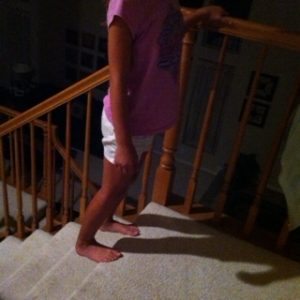One of the most common concerns young athletes and their families bring to my attention is heel pain.
Heel pain that tends to range from a little discomfort to limping, decreased speed, and pain for both athlete and parents. There usually is no swelling or numbness, and comes with gradual onset rather than starting with one awkward landing or twist
The kids who are most likely to get this type of heel pain tend to be:
- entering growth spurts in later elementary and middle school ages
- playing multiple running and jumping sports at the same time
- starting a new season or activity with more conditioning (ie: running lines)
- ending a season where cumulative fatigue begins to kick in
- playing on hard surfaces
The usual cause of the heel pain is irritation of the Calcaneal Apophysis (aka Sever Syndrome or Sever Disease), which involves the growth area in the back of the heel bone. Tightness of the calf muscles and Achilles tendon, often seen with growth spurts, combined with repetitive heel impact leads to the pain and limping.
I usually don’t get x-rays (since they don’t tend to change my treatment recommendations). If obtained, there is a “ratty”or irregular look to the back of the heel growth area that is normal finding.
In adults, heel pain tends to be from irritation of the middle of the Achilles Tendon or from the origin of the Plantar Fascia underneath the heel bone. In growing kids, treatment options actually are quicker to show effect than with the adult versions of heel pain.
Stretching to make heel pain go away
Patients who receive the diagnosis of Calcaneal Apophysitis leave my office with the following homework.
Calf stretches that if done diligently and correctly, will correct the pain and allow full return to activity.
- Each stretch should be done four times a day (best of after at least some walking around to warm up muscles)
- Each stretch position should be held for 15-30 seconds and repeated for a total of three times on each leg.
- There should be no bouncing, holding of breath, or extreme pain
Knee straight- pull foot back toward shin
Back leg with heel pushed into ground and knee fully straight
Back leg with heel pushed to ground, knee partially bent
The stretches are the backbone of recovery- failure to do them often leads to incomplete resolution of pain. In fact, if all the child does is stretch as recommended, a fairly quick recovery within 2-3 weeks often occurs.
Other ways to help heel pain
- Heel cups or wedges can be placed in all pairs of shoes (school and athletic) to act as shock absorption for the heel
- Ice massage- fill a small paper cup full of water then freeze overnight.
- Rub the ice block against the heel with some pressure to reduce pain and loosen up the soft tissue in that area
- Will allow occasional (1-2 time/week) use of acetaminophen or ibuprofen to reduce pain.
Can I play with heel pain?
Since most cases of properly diagnosed calcaneal apophyseal pain are more nuisances than long-term problems, I allow most kids to play as long as they do stretches. Situations that may lead me to limit activity for a week or two might include:
- Pain not just during or immediately after activity, but rather lasting all day and even into the next day
- Significant limping or change in running/jumping technique that is painful for parents and others to watch
- Pain not getting better despite stretches
- Athlete/family desire to get pain to go away “as quickly as possible”
Now, there are several other conditions, including fractures, infections, and other more serious problems, that may appear similar to Calcaneal Apophyseal pain. Getting an expert opinion and not relying on self-diagnosis is strictly recommended. This is especially true with any falls, immediate onset of pain, swelling, or not getting better after trying stretches and rest. This blog post is not intended to diagnose or provide treatment recommendations without the guidance of a qualified sports medicine specialist evaluation.

